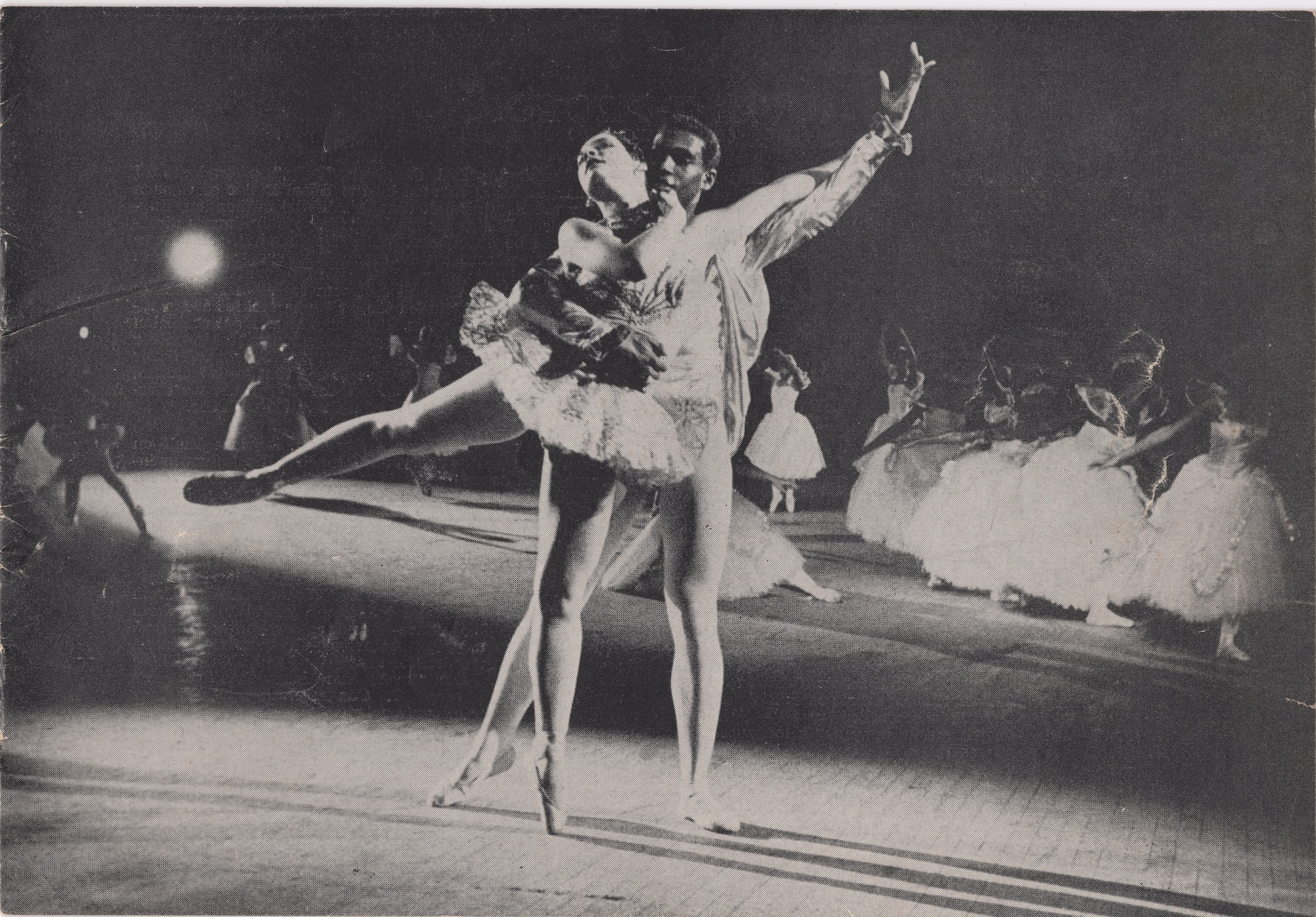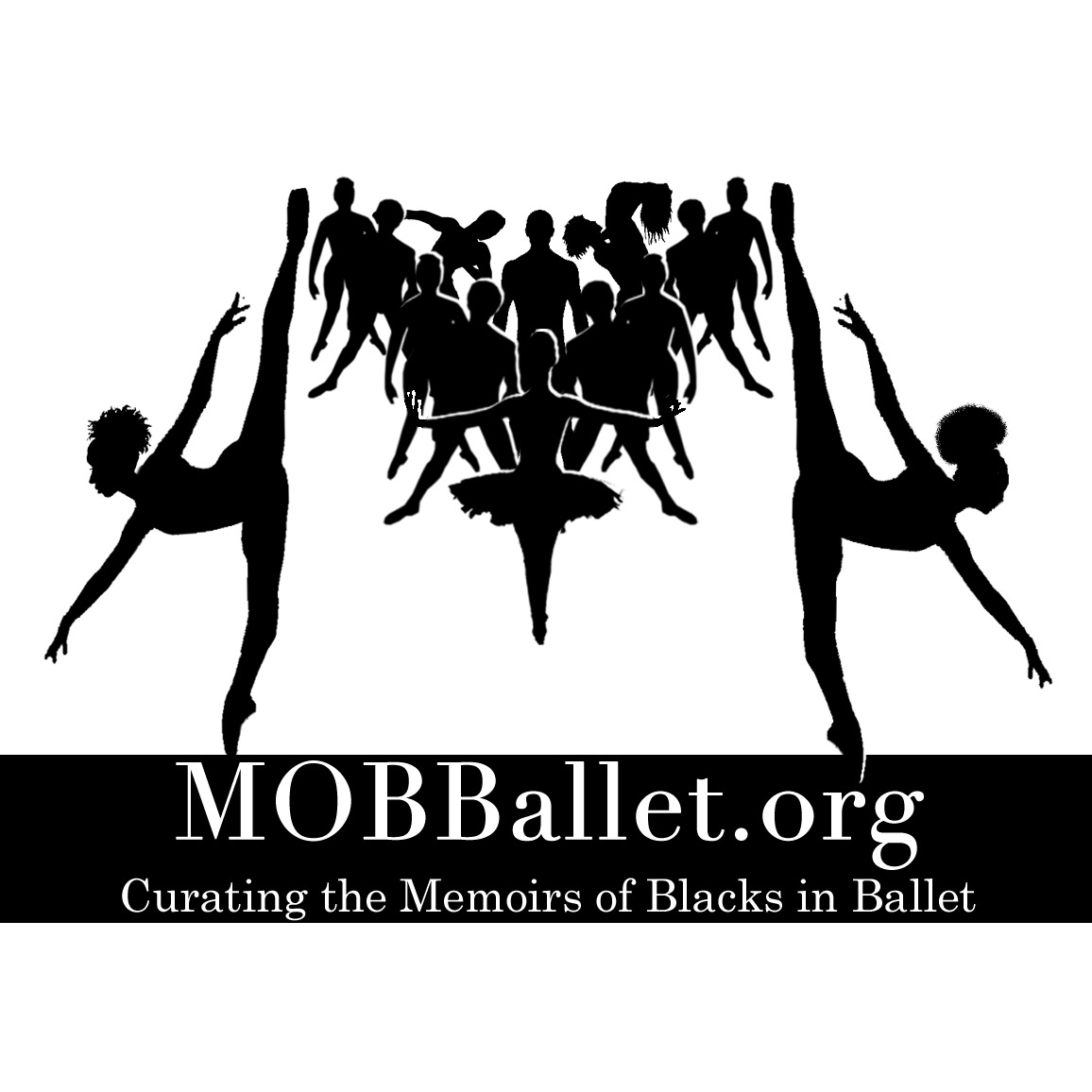Marion Cuyjet and the Judimar School


After the split between Marion Cuyjet and Sydney King, Cuyjet sought space downtown, using her appearance to thwart racial boundaries. Located in Center City, the Judimar School was surrounded by the Philadelphia Dance Academy, the Academy of Music, and the Walnut Street Theatre. While Cuyjet taught ballet, Ernest Parham, Joe Nash, Thomas Cannon, and William Dollar were all hired as teachers. She called her new school Judimar, combining her daughter Judy’s name with her own.
One of her first classes was for older teens, some of whom had never danced before but were interested and dedicated. In order to build her enrollment, she scouted ballet clubs in junior high and high schools; she found Delores Browne, Alice Mayes, and Juanita Jones at the Barrett Junior High School’s recital of Cinderella (with Browne in the title role). She offered these young women scholarships.
It was Cuyjet’s hope that she could mold one of these three (then later Donna Lowe, Melva China White, and Judith Jamison) into “America’s first Black ballerina,” as was once her dream (White-Dixon 26). So she worked vociferously to push and expose her dancers to everything possible. Still, her position as a Black woman teaching Black children brought on limitations.
Judith Jamison (who began her training at the Judimar School when she was six years old) recalls their transient existence:
This was the first Black woman to be able to rent space in downtown Philadelphia, because she had green eyes, white skin and red hair. And she was Black. And we would get kicked out of different schools because all these little Black children would come running after this white woman in these studios that were being rented. Then they would figure out, no, no, that’s not going to happen. So we moved several times.
Jamison also recalls the strictness that was a hallmark of Cuyjet’s teaching methods:
She put the seriousness of dance, the discipline of it, and how you have to be more than 100 percent doing what you’re doing in class… she put that in your heart and in your spirit and in your soul. She also walked around with a stick, which she would never hit you with or anything like that, but it was the threat of the stick. And also, Marion cursed like a sailor. She really would let you know in certain terms that you were doing something not quite right. You knew that you had to be 200 percent for her.
Though she originally set out to create the first Black American ballerina, Cuyjet’s aims became more closely aligned with that of her former teacher and mentor, Essie Marie Dorsey. Though she first and foremost wanted to “make dancers,” Cuyjet also hoped to “provide dance preparation to all youth as a vehicle for social, cultural, intellectual, and physical development” (26). Ultimately, because she knew of the limitations presented to Black dancers at the time, Cuyjet wanted to build “the total person” through her teaching (27).
Cuyjet went on to be a consultant and teacher for pre-professional children’s classes at Joan Myers Brown’s Philadelphia School of Dance Arts (29).
Sources:
1948: Marion Cuyjet founds the Judimar School of Dance
Sydney King and Marion Cuyjet, MoBBallet
And Still They Rose: Joan Myers Brown, MoBBallet
White-Dixon, Melanye. “The Legacy of Black Philadelphia’s Dance Institutions and the Educators Who Built the Tradition.” Dance Research Journal, vol. 23, no. 1, 1991, pp. 25–30. JSTOR, www.jstor.org/stable/1478695. Accessed 27 May 2021.
More about the Judimar School

The Judimar School offered ballet, pointe, tap, jazz, social dance, folk dance, children’s dance, interpretive dance, acrobatics, and “African and Carribean dance forms,” though Cuyjet strongly emphasized ballet. There are numerous notable Judimar alumni: Arthur Hall (founder of the Arthur Hall Afro-American Dance Ensemble), Delores Browne (dancer with New York Negro Ballet), China White (dancer with Dance Theatre of Harlem), Donna Lowe Warren (dancer with Philadelphia Grand Opera Ballet), Elmer Ball (dancer with Katherine Dunham Company), Joan Myers Brown (founder of the Philadelphia School of the Dance Arts and Philadanco), John Jones (dancer with Dance Theatre of Harlem, the Joffrey Ballet, and Ballets: USA, among others), Judith Jamison (dancer with Alvin Ailey American Dance Theater), McCoy Tyner (jazz musician), and Tamara Guillebeaux (dancer with Rod Roger Dance Company). Attendance began to decline in the 1960s, and the Judimar School is no longer active (White-Dixon 27).
Source:
White-Dixon, Melanye. “The Legacy of Black Philadelphia’s Dance Institutions and the Educators Who Built the Tradition.” Dance Research Journal, vol. 23, no. 1, 1991, pp. 25–30. JSTOR, www.jstor.org/stable/1478695. Accessed 27 May 2021.

Written and/or compiled by Mad Crawford


